WHAT IS:-(N.F.C) !.............
WHAT IS:-(N.F.C) !.............
Near Field Communication (NFC) is a set of communication protocols that allow two electronic devices to communicate over a distance of 4 cm (112 inches) or less. NFC provides low-speed connectivity through a simple setup that can be used to bootstrap higher-performance wireless connections. Like other "proximity card" technologies, NFC is based on inductive coupling between two so-called antennas present in NFC-enabled devices (such as smartphones and printers) rotating in one or both directions at a frequency of 13.56 MHz. . A globally available, unlicensed radio frequency ISM band using the ISO/IEC 18000-3 air interface standard with data rates from 106 to 424 kbit/s. The standard was provided by the NFC Forum. This forum was responsible for promoting technology, setting standards, and certifying device compliance. If it meets the criteria to be considered a personal area network, it can be used for secure communication by applying encryption algorithms, similar to a credit card. The NFC standard covers communication protocols and data exchange formats and is based on existing radio frequency identification (RFID) standards such as ISO/IEC 14443 and FeliCa.
Standards include those defined by ISO/IEC 18092 and the NFC Forum. In addition to the NFC Forum, the GSMA Group has defined a platform for deploying the GSMA NFC standard on mobile phones. GSMA efforts include Trusted Services Manager, Single Wire Protocol, Testing/Certification and Secure Element. For example, NFC-enabled portable devices can be provided with application software to read electronic tags or make payments when connected to an NFC-compliant system. These are standardized NFC protocols that replace the proprietary technology used in previous systems. Currently, a patent licensing program for NFC is being developed by France Brevets, a patent fund established in 2011. This program was developed by Via Licensing Corporation, an independent subsidiary of Dolby Laboratories, and was discontinued in May 2012.libnfc, a free platform-independent open source NFC library available under the GNU Lesser General Public License. Current and projected applications include simplified setup of contactless transactions, data sharing, and more complex communications such as Wi-Fi.
NFC has its roots in radio frequency identification technology (known as RFID) and is a passive electronic tag that powers compatible hardware and is otherwise unpowered. to communicate with the device via radio waves. This is for identification, authentication and tracking. Similar ideas in advertising and industrial applications have generally been unsuccessful commercially, being overtaken by technologies such as QR codes, barcodes and UHF RFID tags. On May 17, 1983, Charles Walton received the first patent associated with the acronym "RFID". 1997: An early form is patented and first used in Hasbro's Star Wars character toys. This patent was originally held by Andrew White and Marc Borrett of Innovision Research and Technology (patent WO9723060). This device enabled data communication between two of his units in close proximity. On March 25, 2002, Philips and Sony agreed to develop technical specifications and prepared a technical draft. Philips Semiconductors has applied for a patent covering his six basic patents for his NFC, invented by Austrian-French engineers Franz Amtmann and Philip his Mogers, and was awarded the 2015 European Inventor Award. did. On December 8, 2003, NFC became an ISO/IEC standard and later his ECMA standard.
In 2004, Nokia, Philips and Sony established the NFC Forum. In 2004, Nokia launched an NFC shell add-on for the Nokia 5140 and later Nokia 3220 models, to be delivered in orange in Nice in October 2005 and to be paid in stores in Caen (Samsung) in October It has been. NFC Tag Initial Specifications 2006: 'SmartPoster' Record Specification Innovision's NFC tags were used in the Nokia 6131 handset in first consumer trials in the UKIn 2008 AirTag released what it called the first NFC SDK. In January, the NFC Forum published peer-to-peer standards for contacts, URL transfer, Bluetooth initiation, and more. It was first implemented in the subway network by China Unicom in Beijing on December 31, 2010. Innovision has published a series of designs and patents for low-cost, mass-market mobile phones and other devices. Nokia C7: The first NFC-enabled smartphone was launched in 2010. NFC functionality was enabled by a software update in early 2011. The Samsung Nexus S is the first Android NFC phone introduced. Nice, France presents the "Cityzi", "Nice City of Contactless Mobile" project, the first European project to provide residents with NFC bank cards and mobile phones (such as the Samsung Player One S5230). 2011: Google I/O "How to NFC" shows how to use NFC to start games and share contacts, URLs, apps, or videos. 2011: With the release of the Symbian Anna version, NFC support became part of his Symbian mobile operating system. The Research In Motion device is the first device certified by MasterCard Worldwide for the PayPass service.
2012: British restaurant chain EAT. Everything, Everywhere (Orange Mobile Network Operator) is a partner in the UK's first nationwide NFC-enabled smart poster campaign. When an NFC-enabled mobile phone touches the smart poster, another mobile phone app is triggered.In 2012, Sony introduced NFC "smart tags" that changed the mode and profile of Sony smartphones at close range, including the Sony Xperia P smartphone was released in the same year. Samsung and VISA develop mobile payments announced a partnership to IBM scientists developed NFC-based mobile authentication security technology to curb fraud and security breaches. This technology works on principles similar to two-factor authentication security. October
2014: Dinube becomes the first cardless payment network to introduce his NFC contactless payments natively on mobile devices. H. No external case, NFC sticker or card required. Based on host card emulation with a unique Application Identifier (AID), contactless payments are now available from Android KitKat, with commercial release starting in June 2015. Works with NFC-enabled Android phones and iPhone 4 and iPhone 5 when an external NFC sleeve is connected. This technology was acquired by Google and the service was terminated on March 31,
2015. In November 2015, Swatch and Visa Inc. announced a partnership to enable NFC financial transactions with Swatch Bellamy watches. The system is now online in Asia through his partnership with UnionPay and Bank of Communications in China. This partnership brings technology to the United States, Brazil and SwitzerlandNovember 2015: Google's Android Pay feature launches, becoming a direct competitor to Apple Pay, and begins rolling out in the US. NFC technology is hailed as a future alternative to NFC technology due to its longer data transmission distance, Bluetooth and wireless technology. Design NFC is a set of short-range wireless technologies that typically require distances of 10 cm or less.
NFC operates at 13.56 MHz on the ISO/IEC 18000-3 air interface at speeds from 106 kbit/s to 424 kbit/s. NFC always contains an initiator and a target. An initiator actively creates an RF field that can energize a passive target. This allows NFC targets to use very simple form factors such as: B. Unpowered tags, stickers, key chains, or cards. NFC peer-to-peer communication is possible as long as both devices are powered. NFC tags contain data and are typically read-only, but can be written. They may be individually encoded by the manufacturer or use the NFC Forum's specifications.
Tags can securely store personal information such as debit and credit card information, loyalty program information, PINs, and network contacts. The NFC Forum has defined four types of tags that offer different communication speeds and capabilities in terms of configurability, memory, security, data retention and write time. Similar to proximity card technology, NFC uses inductive coupling between two nearby loop antennas, effectively forming an air-core transformer. Because the distances involved are small compared to the wavelength of electromagnetic radiation (radio waves) at that frequency (approximately 22 meters), the interaction is known as near-field. Since this is just an alternating magnetic field, there is virtually no energy radiated in the form of radio waves (these are electromagnetic waves, including oscillating electric fields).
This inherently prevents interference between such devices and radio communications on the same frequency or other NFC devices far beyond their intended range.They operate in the global unlicensed radio frequency ISM band at 13.56 MHz. Most of the RF energy is concentrated in the 7 kHz bandwidth allocated for this band, but the spectral width of the emissions can be as large as 1.8 MHz to support high data rates. With a compact standard antenna and realistic power levels, the working distance is up to about 20 cm (but the actual working distance is no more than 10 cm). Note that tags may require a minimum clearance from metal surfaces near eddy currents, as the pick-up antenna may be deterred by such surfaces. The ISO/IEC 18092 standard supports data rates of 106, 212, or 424 kbit/s. Communication takes place between an active "initiator" device and a target device. A target device is one of the following: Passive.
In this mode, the target device can draw operating power from the magnetic field provided by the initiator. In this mode, the target device can draw operating power from the magnetic field provided by the initiator. ActiveBoth theActive Both the initiator and target devices take turns creating their own fields to communicate. One device stops transmitting and receives data from another device. In this mode both devices require a power adapter. NFC uses two different encodings for data transmission. Modified Miller encoding with 100% modulation is used when an active device is transmitting data at 106 kbps.Modified Miller encoding with 100% modulation is used when an active device is transmitting data at 106 kbps. Otherwise, Manchester encoding with 10% modulation depth is used. Each active NFC device can operate in one or more of three modes: NFC card emulation allows NFC-enabled devices such as smartphones to behave like smart cards, allowing users to perform transactions such as payments and tickets. See Host Card Emulation.
Poster. NFC Peer-to-Peer allows two NFC-enabled devices communicate with each other and exchange information ad-hoc. Fashion. The NFC tag is a passive data storage device that can be read and written by NFC devices. They typically contain data (96 to 8,192 bytes as of 2015) and are read-only for normal use, but may be rewritable. The Application includes secure storage of personal identifiable information (such as debit or credit card information, loyalty program information, personal identification numbers (PINs) and (PINs), contact information, etc.). NFC tags can be proprietary to the manufacturer or use industry specifications. Security Security NFC range is limited to a few centimeters, but normal NFC is not protected against eavesdropping and can be vulnerable to data modification. Applications can establish secure channels using higher-layer cryptographic protocolsHF signals for wireless data transmission can be intercepted by antennas. The distance an attacker can intercept her RF signal depends on several parameters, but usually he is less than 10 meters. Eavesdropping is also highly dependent on the communication mode. Passive devices that do not generate their own RF field are much harder to intercept than active devices. An attacker can typically eavesdrop within 10 m from an active device and he within 1 m from a passive device. NFC devices typically contain the ISO/IEC 14443 protocol, which allows relay attacks. You can make [page required] In this attack, the attacker impersonates the victim's smart-her cardholder, forwards the reader's requests to the victim, and relays the responses to the reader in real time. This is similar to a man-in-the-middle attack.
The libnfc code sample demonstrates a relay attack using two off the shelf he NFC devices. This attack can be carried out with just two NFC-enabled mobile phones. Standard NFC Protocol Stack Overview Overview The NFC standard covers communication protocols and data exchange formats and is based on existing RFID standards including ISO/IEC 14443 and FeliCa. Standards include those defined by ISO/IEC 18092 and the NFC Forum. ISO/IEC NFC is standardized in ECMA-340 and ISO/IEC 18092. These standards specify modulation schemes, coding, transmission rates, speeds, frame formats, and initialization schemes and conditions for the RF interfaces of NFC devices. Required for data collision control during initialization for both passive and active NFC modesIt also defines the transport protocol, including how the protocol is activated and how data is exchanged. The air interface for NFC is standardized in the following standards: / ECMA-340 ISO/IEC 21481/ECMA-352 - Near21481/ECMA-352 - Near Field Communication Interface and Protocol-2(NFCIP-2) (NFCIP-2) NFC is an ISO/IEC standard 14443 Type A and Type B and FeliCa. NFC-enabled phones work with existing readers at a basic level. In "card emulation" mode, the NFC device must send at least one unique ID number to the reader. In addition, the NFC Forum has defined a common data format called NFC Data Exchange Format (NDEF) in which items can be stored and transferred. Ranging from objects of any MIME type to ultra-short RTD documents such as URLs.
The NFC Forum has added to its specification the Simple NDEF Exchange Protocol (SNEP), which allows sending and receiving messages between two NFC devices. GSMA GSMA The GSM Association (GSMA) is a trade association representing approximately 800 mobile operators and over 200 product and service companies in 219 countries. Many of its members are conducting NFC trials and are preparing to launch commercial services. GSM is involved in several initiatives. The GSMA develops certification and testing standards to ensure global interoperability of NFC services. service. The Pay-Buy-Mobile The Pay-Buy-Mobile initiative seeks to define a common global approach to connecting mobile devices to payment and contactless systems using NFC technology. system. On November 17, 2010, AT&T, Verizon, Verizon and T-Mobile formed a joint venture after two years of discussions to launch an in-cell NFC phone.
Initially known as Isis Mobile Wallet and later as Softcard, the venture was designed to usher in broad deployment of NFC technology, allowing their customers' NFC-enabled cell phones to function similarly to credit cards throughout the US.The Softcard payment system was shut down in March 2015, following an agreement with—and IP purchase by—Google, with an endorsement for its earlier rival, Google Wallet. The Softcard payment system was shut down in March 2015, following an agreement with—and IP purchase by—Google, with an endorsement for its earlier rival, Google Wallet. StoLPaN StoLPaN (Store Logistics and Payment with NFC) is a pan-European consortium supported by the European Commission's Information Society Technologies program. StoLPaN will examine the potential for NFC local wireless mobile communication. NFC Forum: NFC Forum is a non-profit industry association formed on March 18, 2004, by NXP Semiconductors, Sony,Sony, and Nokia to advance the use of NFC wireless interaction in consumer electronics, mobile devices,devices, and PCs. Standards include the four distinct tag types that provide different communication speeds and capabilities,capabilities, covering flexibility, memory, security, data retention,retention, and write endurance.The NFC The NFC Forumpromotes the promotes the implementation and standardisationstandardisation of NFC technology to ensure interoperability between devices and services.
As of January 2020, the NFC Forum has over 120 member companies. The NFCThe NFC Forum promotes NFC and certifies device compliance and whether it is suitable for personal area networks. Other Standards Bodies GSMA The GSMA has defined a platform for deploying the GSMA NFC standard on mobile phones. Single Wire Protocol, Testing and Certification, and Secure Elements are among the initiatives of the GSMA). For example, Google's Android KitKat host card emulation allows software control of universal radios.This HCE deployment uses the NFC protocol without the GSMA standard. Other standards bodies involved in NFC include: chipset. EMVCo for EMV payment application result EMVCo for EMV payment application result application N-Mark logo for NFC enabled device for application.
NFC is suitable for a variety of applications as it enables one-way and two-way communication between endpoints. NFC devices can act as electronic ID documents and key cards. They are used in contactless payment systems, enabling mobile payments as an alternative or supplement to auxiliary systems such as credit cards and smart cards for electronic tickets. These are sometimes called NFC/CTLS or CTLS NFC, and contactless is abbreviated as CTLS. You can use NFC to share small files such as contacts, or speed up your connection to share large media such as photos, videos, and other files. Commerce NFC devices can be used in contactless payment systems similar to those used in credit cards and electronic ticketing smart cards, and mobile payments can replace, supplement or supplement these systems.
Increase With Android 4.4, Google is adding platform support for secure NFC-based transactions via Host Card Emulation (HCE) for payments, loyalty programs, card access, driver cards, passports, and other custom services. introduced. HCE allows any Android 4.4 app to emulate an NFC smart card so users can initiate transactions on their device. Apps can use the new reader mode to act as a reader for HCE cards and other NFC-based transactionsOn September 9, 2014, Apple announced support for NFC-enabled transactions as part of Apple Pay. With the introduction of iOS 11, Apple devices allow third-party developers to read data from his NFC tags. There are 5 major NFC apps available in the UK from 2022. Apple Pay, Google Pay, Samsung Pay, Barclays Contactless Mobile, Mobile and Fitbit Pay. UK Finance's 2021 UK Payment Markets Summary looked at Apple Pay, Google Pay and Samsung Pay and found that 17.3 million UK adults are enrolled in mobile payments (up 75% year-on-year), of which 84% I see that you are making a mobile payment.
Bootstrap Other Connections The NFC provides low speed connections with an easy setup that can be used to bootstrap high performance wireless connections. For example, the Android Beam software uses NFC to enable pairing, establish a Bluetooth connection when performing a file transfer, and disable Bluetooth on both devices when complete. Nokia, Samsung, BlackBerry, BlackBerry, and Sony use NFC technology to pair Bluetooth headsets, media players, players, and speakers with one tap. The same principle can be applied to configuring Wi-Fi networks. Samsung Galaxy devices have a feature called S-Beam. This is an Android Beam extension that uses NFC (to share MAC and IP addresses) and Wi-Fi Direct to share files and documents. The advantage of using Wi-Fi Direct over Bluetooth is that it allows for much faster data transfer up to 300Mbps. Social Networking, Networking NFC can be used for social networking. To share contacts, text messages, messages and forums. linking; photos, videos, links to videos or files, files, and participation in multiplayer mobile games; ID and Access Tokens Tokens NFC-enabled devices are electronic ID documents used in passports, passports, ID cards, and fare cards, transit transit passes, login cards, login cards, car keys, and Can act as a key card.
You can find your key and access card. NFC's short range and encryption support make it a better choice than private RFID systems. Smartphone Automation and NFC Tagging Tagging NFC-enabled smartphones can be paired with NFC tags . Tags or stickers programmable with the NFC appThese programs let you change phone settings, send text messages, launch apps, and execute commands. These programs let you change phone settings, send text messages, launch apps, and execute commands. Such apps are not tied to any company or manufacturer and can be used immediately with NFC-enabled smartphones and NFC tags. The NFC Forum released Signature Record Type Definition (RTD) 2.0 in 2015 to add integrity and authenticity to NFC tags. This specification allows NFC devices to validate tag data and identify the author of the tag. Games Games See Also: Games List of NFC Platforms Platforms NFC is used in video games starting with the Skylanders: Spyro's Adventure. These are customizable characters, including personal information for each character, so no two of him are exactly alike. Nintendo's Wii U was the first system to incorporate NFC technology via his GamePad by default. It was later added to the Nintendo 3DS line (built into the new Nintendo 3DS/XL and into a separately sold reader that uses infrared light to communicate with older consoles in the 3DS family). Use technology to unlock features. Sport The Adidas Telstar 18 is a soccer ball with an NFC chip. This chip allows you to interact with the ball via your smartphone.
for more info read the below paper


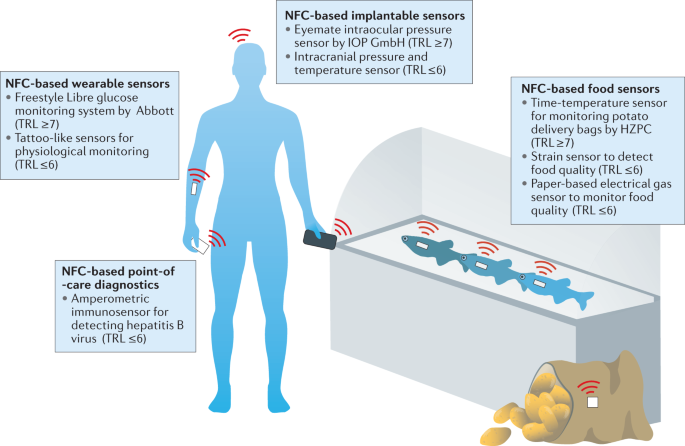
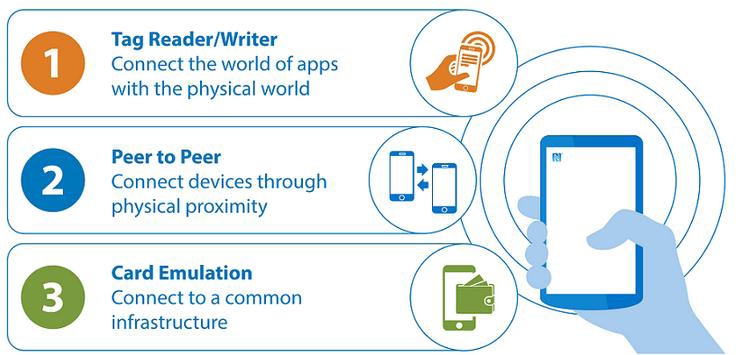




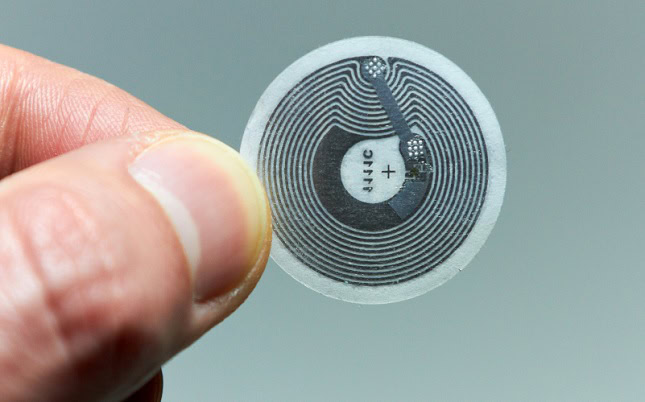

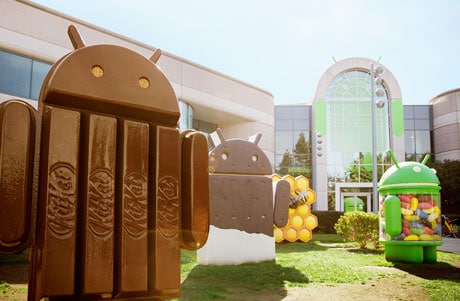
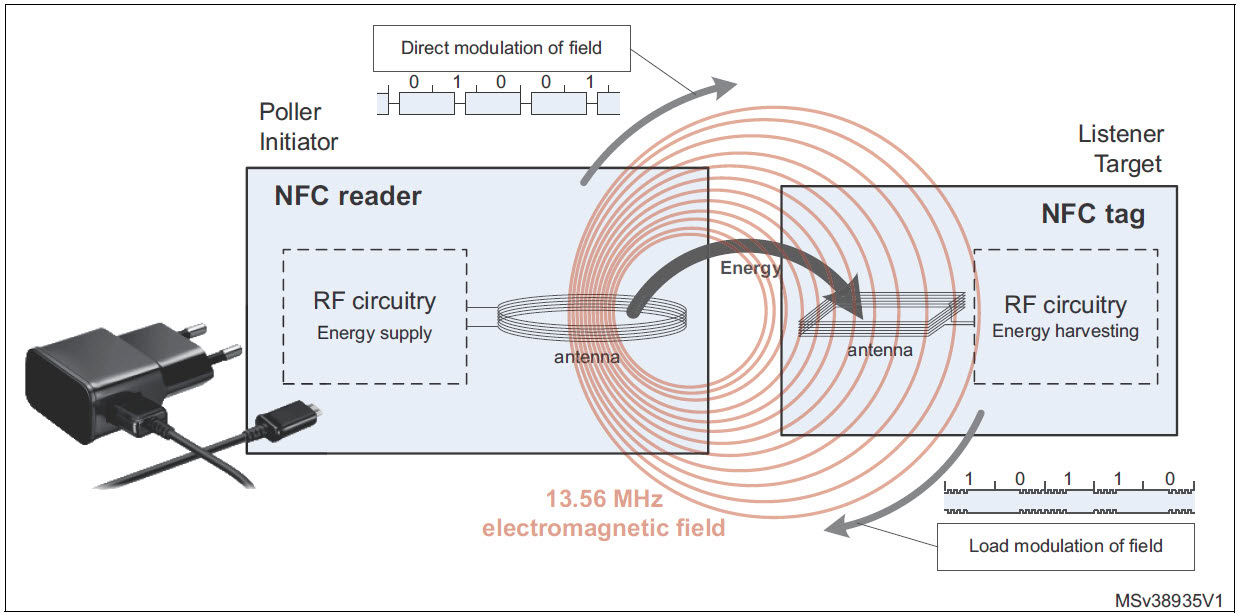

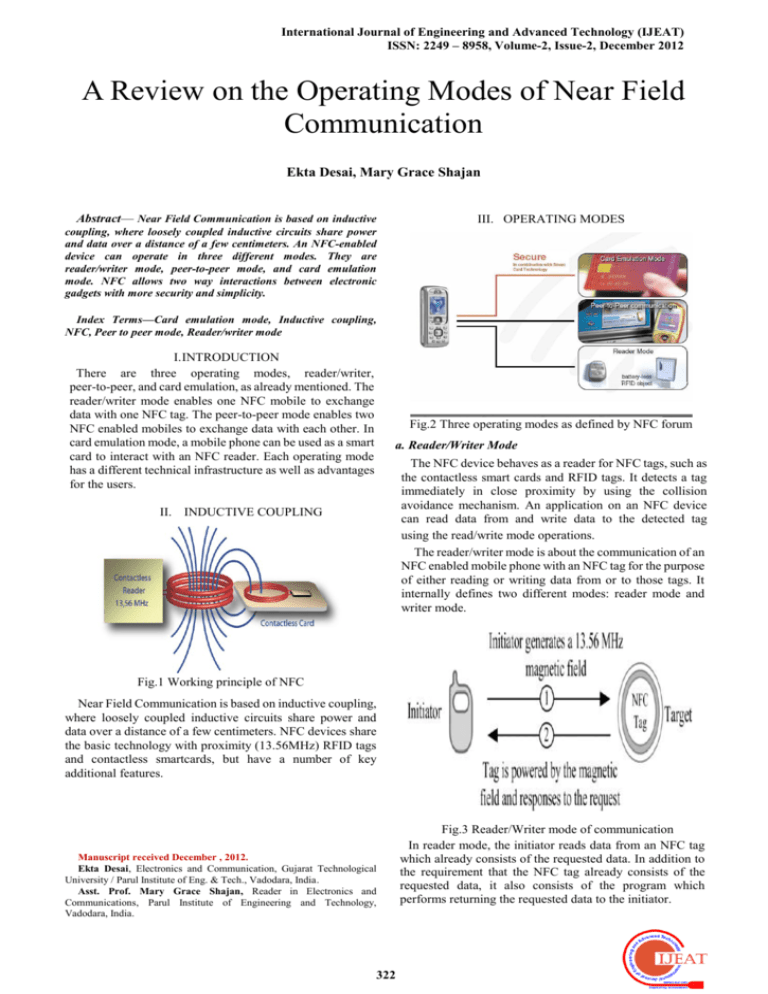
Comments
Post a Comment